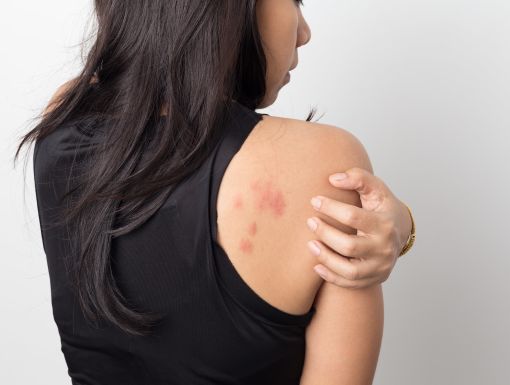
What Is Incontinentia Pigmenti? 3 Things You Need to Know
Incontinentia pigmenti, IP or Boch–Sulzberger syndrome, is a rare genetic disorder characterized by a skin rash that appears either at birth or within the first few weeks of life. While most children with IP don't experience other complications, about 20% may develop neurological issues. IP falls under the "neurocutaneous disorders" category, which can affect various body systems, including the central nervous system, skin, eyes, teeth and skeletal system.
Understanding the risk factors
IP is mainly a genetic condition typically inherited through the X chromosome, which is one of the two sex chromosomes that are involved in sex determination. This means that it affects mostly women. Men who inherit the abnormal gene may not survive, resulting in miscarriage or stillbirth. However, in rare cases, IP can occur in males with Klinefelter syndrome, where boys and men are born with an extra X chromosome or due to unexpected mutations.
Recognizing the signs and symptoms
IP’s four distinct stages of skin lesions may occur in any order or overlap:
- Vesicular stage: This stage features inflamed, red, blister-like lesions, often appearing in grouped lines on the arms and legs, following the Blaschko’s lines. Blaschko's lines are the pattern created by different skin diseases on the human skin.
- Verrucal stage: During this stage, wartlike lesions or pus bumps form as thick crusts or scabs develop on top of healing blisters.
- Hyperpigmentation stage: Brown or blue-grey lesions are distributed in a swirled or wavy pattern on the trunk or legs and arms.
- Hypopigmentation stage: This leads to pale, light-colored scar-like lesions, developing during adolescence and continuing into adulthood.
Does IP affect other organs?
IP can impact various organs and systems:
- Teeth: Patients may experience delayed tooth eruption, the transition of a growing tooth from its initial spot in the jawbone to its eventual location in the mouth and the absence of certain or abnormally shaped teeth.
- Nails: Nails can be ridged or thickened, with all nails usually being affected.
- Hair: Hair loss, thinning or changes in texture are common, and eyebrows or eyelashes may be lost.
- Eyes: IP can affect the growth of blood vessels in the eyes, causing scarring. Early detection is important to prevent blindness.
- Central nervous system: About 20% to 30% of patients may experience central nervous system involvement, often presenting as seizures in infancy. Delayed motor development, intellectual disabilities and muscle weakness can also occur.
- Skeletal, heart and lung abnormalities: While rare, IP can lead to skeletal, heart and lung issues.
Is there a treatment?
There is no cure for IP, and the primary treatment goal is preventing secondary bacterial skin infections, which commonly involve Staphylococcus aureus (staph) and Streptococcus pyogenes (strep) bacteria, through appropriate antibiotics.
Patients are encouraged to schedule regular dental care and eye doctor appointments during the early years of life to minimize the risk of infection. Also, it is recommended to use gentle cleansers and bland moisturizing creams. Sometimes, healthcare providers use topical steroids or other anti-inflammatory treatments to reduce skin inflammation.
Also, genetic counseling is offered to patients with IP to provide guidance and support. Genetic counseling explains how genetic conditions might affect you or your family.
Most patients with IP with limited skin, teeth, nails and hair involvement can expect an average life expectancy and lead healthy lives. However, the prediction varies for those with brain or eye involvement, with severity impacting outcomes.
Schedule an appointment with Katie Watson, MD.

